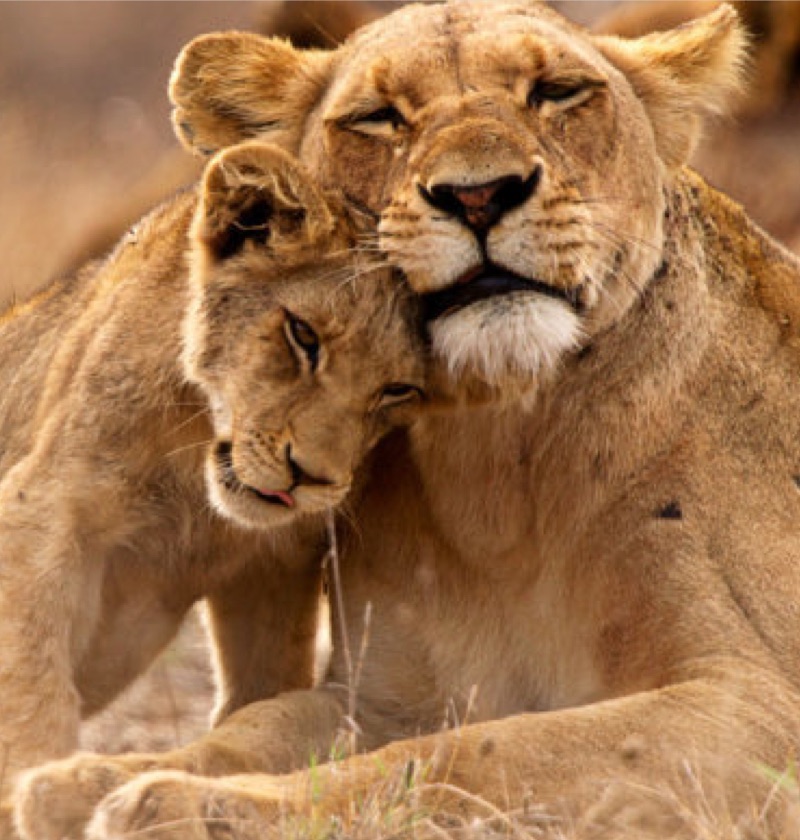Behaviour & Territory
Zebras are extremely sociable animals, and various species have developed distinct hierarchies within their communities. There are certain species in which a single male watches over a group of females known as a harem, whereas other species live in groups but do not develop strong social relationships with one another. They are able to often alter the structure of the herd, and they will switch companions every few months on average.

Even after the family stallion has been displaced, the group is still able to maintain its stability. Burchell’s zebras tend to congregate in big herds and may form briefly stable subgroups within larger herds. This behaviour opens the door for individuals within the herd to engage with members of other groups. Harems allow the females to spend more time nursing their young and provide protection for both the mothers and their offspring.
The females have a dominance hierarchy that is linear in nature, with the highest-ranking females being those that have been a part of the group for the longest. When the group is moving into new territory, the most dominant females and their progeny take the lead, followed by the next most powerful female. The family stallion may be seen following closely after. Young of both sexes eventually leave their parental groups when they reach sexual maturity; males from other groups typically herd in females to incorporate them into their harems.
Bachelor communities form when there are more men than females. Typically, they are young males that have not yet reached the maturity level required to create a harem or establish a territory. The older, male, Burchelle zebra are the most dominant, and the group’s membership is very consistent. In herds, bachelor groups are most often seen on the outskirts, and while the herd is moving, the bachelors usually linger behind or take up positions on the flanks. In mountain zebra bachelor groups, there may also be young females who fled their original group before reaching sexual maturity as well as older males that were formerly part of the harem.
Fights between males typically entail biting and kicking and are sparked by competition for mates. Stallions of the Burchelle’s zebra species compete with one another for the right to bring newly developed mares into their herds, and a mare’s family stallion will defend her against other males who attempts to abduct her. A harem stallion is not often put to the test as long as he maintains his good health. It is only sick stallions that have their harems taken over by other stallions, and even then, the new stallion takes control gradually as the old one is replaced in a gentle manner.

















